
More pulp than Tarantino, more heavy metal than Judas Priest, more camouflage than a ARH Tiger helicopter. Here you are Punkasila.

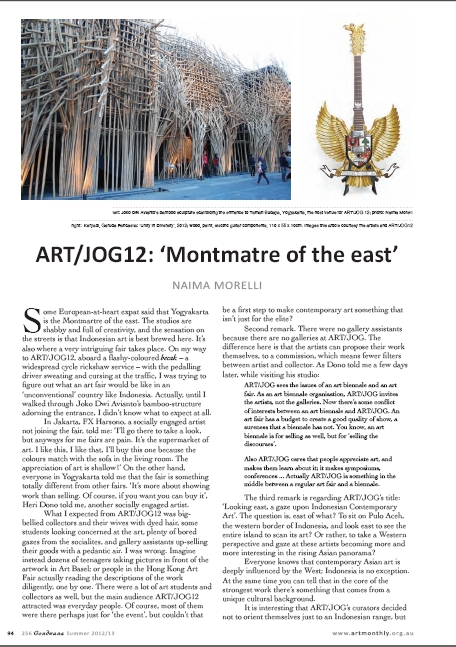
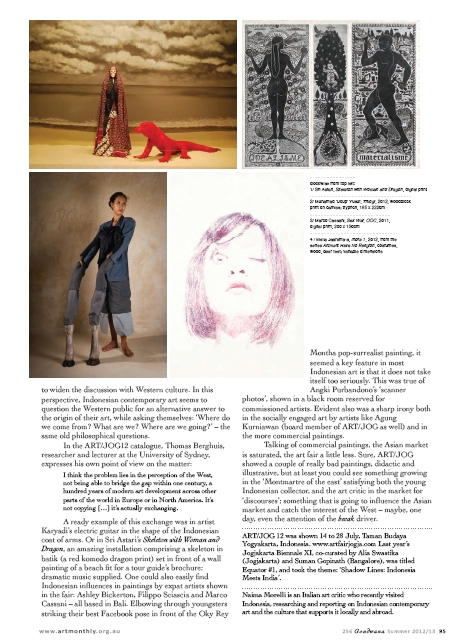
Art Monthly Australia published my review of the art fair ART/JOG12 with the title “Montmartre of the east” in the Summer Issue 2012/2013.
Read More
I just moved to Melbourne and, of course, before even having a place to call home, I visited the National Gallery of Victoria.
I was particularly keen to see the exhibition “Rally: Contemporary Indonesian Art”, featuring Jompet Kuswidananto and Eko Nugroho.
Actually, the choice of just two artists to represent Indonesian art is interesting.
I’ve found the show very useful for my researches, as the Australian perception of what contemporary art in Indonesia is.
The italian web magazine Art a Part of Cult(ure) just published the interview I had in Berlin with the curator Katerina Valdivia Bruch. The interview is part of my reportage about Indonesian Contemporary Art.
Here you are the link to the interview
Read More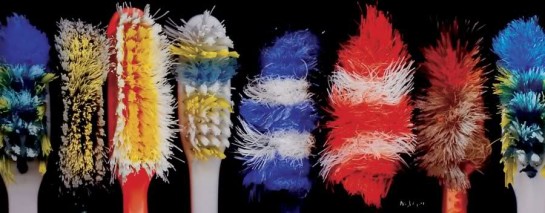
Angki Purbandono in one of the artists from Indonesia that take the photography further and stimulate the discussion around it.
He was one of the founder of MES56 and a very appreciate international artist.
Before meeting him I thought his photography was all about aestetic
values. I found out that is not completely true.
Actually, to make people look at something from everyday life in a
different way is already a conceptual act.
Defamiliarisation of common objects, weird associations of items,
giantisation of small findings. Through Angki’s swiftian attitude one can
discover that the Beauty and the Strange are not so far from what we
experience in our daily life.
I’ve seen Angki’s scanner. It’s a normal scanner, not pretentious at all.
I asked Angki when and why he started using a scanner instead of a
camera:
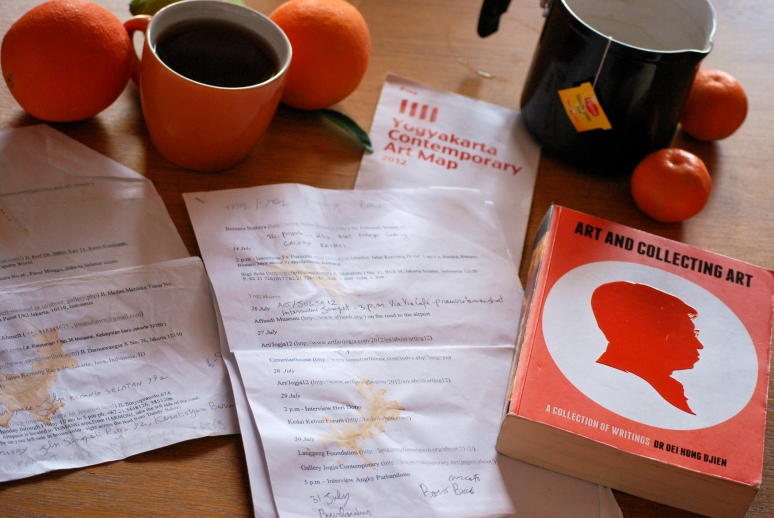
Looking at the sheets of my Indonesian reportage stained with Java tea I really start missing Yogyakarta.
In these days I’m in my hometown Sorrento surrounded by mandarini’s smell, writing the first draft of my book about Contemporary Art in Indonesia.
I’m trying to recollect the memories of these days in Yogya, from the amazing studio of Heri Dono to the taste of the Pisang Goreng, the fried banana with melted javanese sugar and chocolate.
We don’t have original Java tea here in Sorrento; I’ve to content myself with the Lipton version.
Whatever, tea is tea. As Proust teaches: “As long as you have a madeleine, a pancake or a fried banana to be dipped in tea, you could recollect memories”, or something like it.
I feel like adding to Proust’s statement that all the contemporary art starts from a substantial breakfast. Definitively I’m on the good track.
Actually, can I have extra chocolate on my Pisang Goreng?
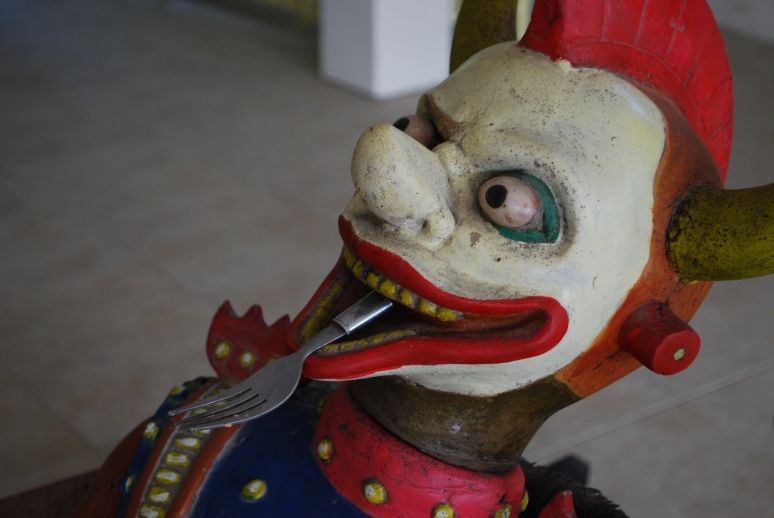
Luogo di coordinate 0:0, probabilmente in un fumetto.
Legata ad una sedia, in mano a scagnozzi mettiamo, chessò, russo-mongoli appassionati d’arte, pronti a scazzottarmi, sono costretta a rivelare cos’è, o meglio cosa ho scoperto, di quest’arte contemporanea indonesiana.
“Ma come faccio a dirvelo maledizione santa! L’arte contemporanea non si presta a definizioni, è fluida, non deve essere ingabbiata, non può…”
Smack!
Il primo cazzotto arriva e quasi mi fa saltare i denti.
Riprova.
“Ci sono tanti artisti diversi, ognuno con la sua poetica, la sintesi, la sintesi cari signori, è depauperazione!”
Non capiscono la parola.
Gli sembra troppo scolastica.
Smack!
Te lo chiedo un’ultima volta…
“Con le buone immagino…” rispondo sputando saliva vermiglia
… cosa cercavi in Indonesia?